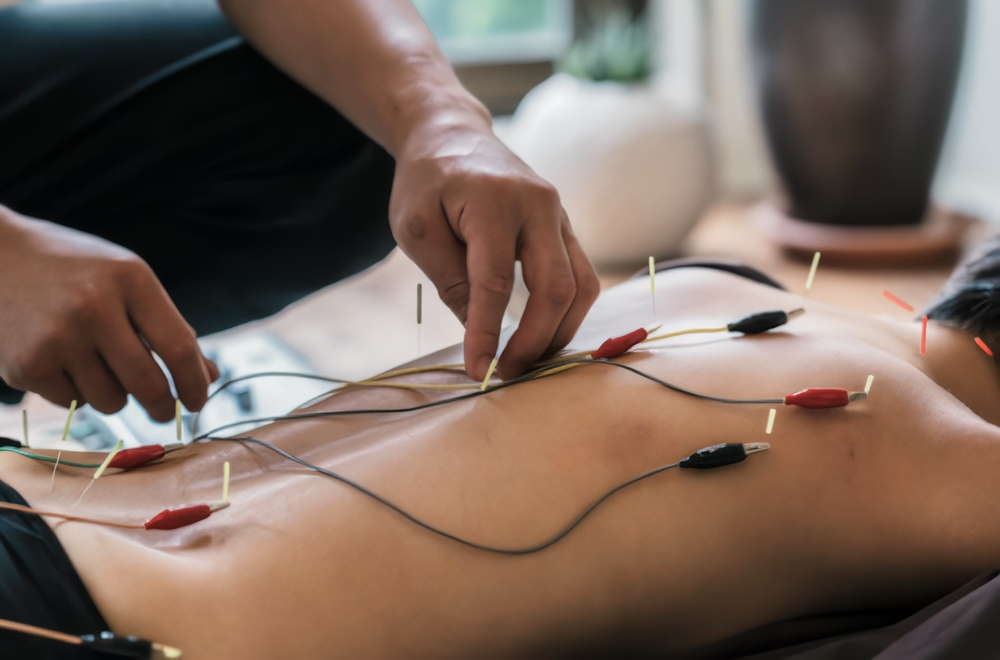Acupuncture
Acupuncture helps relieve pain, treat injuries, and support healing and overall well-being.
What is Western Acupuncture?
Western acupuncture is an adaptation of Traditional Chinese acupuncture. Instead of using acupuncture needles based on Traditional Chinese Medicine (TCM) philosophies (such as to balance energy flow in meridian channels), acupuncture applies needles to modulate the nervous system for desired outcome based on knowledge of anatomy and physiology.
Acupuncture may be used by certain Stillpoint osteopaths in combination with osteopathy to enhance your recovery.
Is Western Acupuncture right for you?
Not sure which treatment type is right for you?
Book an initial consultation with any osteopath for a thorough assessment. They’ll guide you toward the best treatment options for your needs.
Musculoskeletal issues
Sports Injuries
Myofascial Pain
Postural Issues
What is TCM Acupuncture?
Acupuncture is a fundamental component of Traditional Chinese Medicine, designed to stimulate specific points along the “channels and collaterals” that run throughout the body. These points are thoughtfully selected by your practitioner following a thorough assessment, targeting meridians that support the restoration of balance and harmony.
The treatment involves the gentle insertion of ultra-thin, single-use needles into precise points on the body. This process helps rebalance the flow of Qi (vital energy), promoting overall well-being and supporting your body’s natural healing mechanisms.
Is TCM Acupuncture right for you?
Not sure which treatment type is right for you?
Book an initial consultation with any osteopath for a thorough assessment. They’ll guide you toward the best treatment options for your needs.
Musculoskeletal issues
Dental Pain
Neurological Conditions
Gastrointestinal Problems
Respiratory Issues

Electrical Acupuncture
For certain conditions, electroacupuncture provides enhanced therapeutic benefits. During treatment, acupuncture needles are placed in precise locations, and a small electrode is attached to each needle. When activated, gentle electrical pulses create a vibration that stimulates the targeted acupressure points.
This method specifically engages parts of your nervous system that influence inflammation (swelling) and chronic pain.
Electroacupuncture can be highly effective for managing persistent pain and reducing stress, offering relief for a variety of conditions.
“Janice is very caring, has an amazing knowledge of the body’s mechanics, and is a skilled osteopath as well as acupuncture practitioner. I highly recommend Janice and the team at Stillpoint Osteopaths who are incredibly professional and friendly.”
– Suzanne G
We also offer
Osteopathy
Osteopaths are unique in their whole-body approach utilising various hands-on techniques to bring about positive change and help your body repair and heal.
PEMF Therapy
Pulsed Electro-Magnetic Field Therapy is a non-invasive, low frequency magnetic field which aids in cell repair, improved cognitive functions, and enhances the body’s natural capacity to heal itself.
Functional Movement Coaching
Posture and Gait Analysis assessment to develop a program to assist building strength and flexibility to support your osteopathic treatments and help achieve your treatment goals.